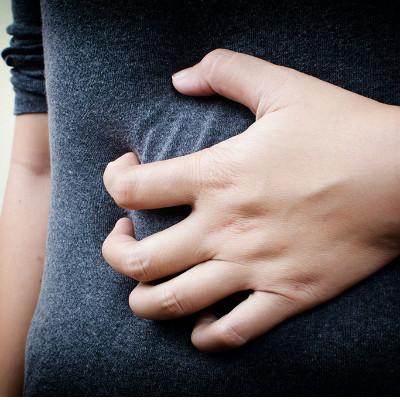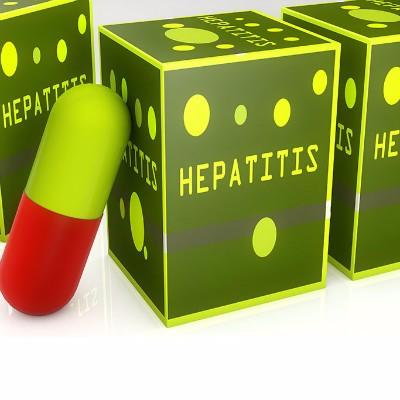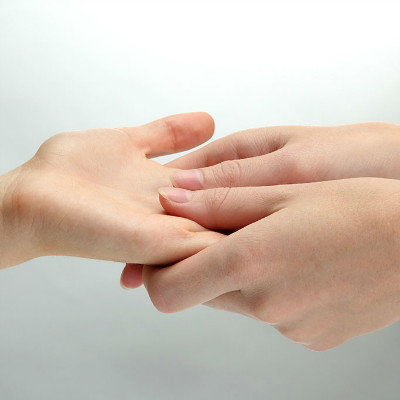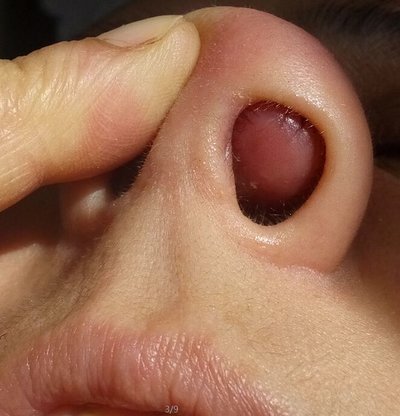How is eyelid eversion treated
summary
Now there are more and more people suffering from ectropion. Ectropion is the outward turning of the conjunctiva of the lower eyelid. Some people will be surprised or indifferent, resulting in the eyelid and eyeball can not be in close contact, and the eyelid fissure can not be closed completely. The eyelid conjunctiva is prone to chronic conjunctivitis due to long-term exposure after ectropion, leading to increased secretion, dry, hypertrophic and congestive conjunctiva. The upper eyelid ectropion, due to corneal exposure, is easy to complicated with keratitis and corneal trauma, so that the visual acuity is decreased, and even blindness. Lower eyelid ectropion, because the lacrimal point can not be close to the eyeball, resulting in epiphora. Even mild ectropion, functional damage is not serious, but also because the appearance is not beautiful and need correction. There are many correction methods for eyelid ectropion, and different correction schemes are adopted according to different situations. The following is a brief introduction of various correction methods.
How is eyelid eversion treated
First: skin graft method: generally used for moderate or severe eversion cases. The advantages of this method are that the operation method is simple and there is no scar around the operation area; the disadvantages are that the skin color is not coordinated with the recipient area, the skin contracture is easy to cause eversion recurrence, and the donor area has scar.

Second: local flap method: usually V-Y advancement method and "Z" shaping method, suitable for mild eversion cases. The advantage of this method is that the skin color is harmonious and the method is simple, but the correction of valgus is limited.

Third: nasolabial groove flap method: this method is usually used for scar near the medial case. The width of the skin flap can reach 1.5cm, and the scar of the donor site is hidden after operation; the defect is that the scar of the donor site is still obvious half a year after operation, and the utilization rate is high.

matters needing attention
According to the shape and size of the defect after eyelid release, the frontal island flap pedicled with the frontal branch of superficial temporal artery was designed to repair the ectropion caused by large area scar contracture of upper and lower eyelids. The donor site of forehead was sutured or grafted.















